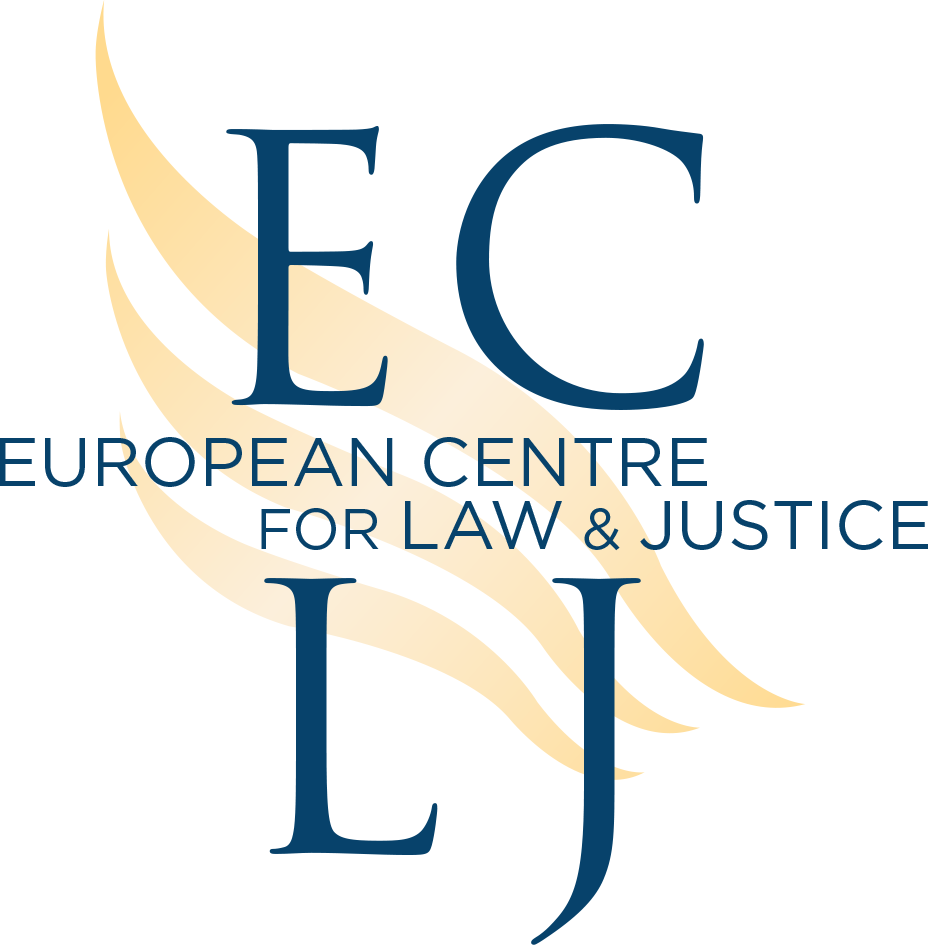Text and Illustrations from The Saint Andrew Daily Missal,
unless otherwise stated.
Feast Day of Our Lord Jesus Christ The King.
The Last Sunday of October.
Double of The First-Class.
White Vestments.
English: Christ The King.
Detail from The Ghent Altarpiece, by Jan van Eyck.
Deutsch: Genter Altar, Altar des Mystischen Lammes,
obere mittlere
Haupttafel, Szene: Thronender Gottvater.
Artist: Hubert van Eyck (1366–1426).
Date: Before 1426.
Current location: Saint Bavo's Cathedral, Ghent, Belgium.
Notes: Auftraggeber: Joducus und Isabelle Vyd, urspr. für die Johannes dem Täufer gewidmete Seitenkapelle in St.-Bavo in Gent, Wandelaltar, in Zusammenarbeit mit Jan van Eyck entstanden.
Source/Photographer: The Yorck Project: 10.000 Meisterwerke der Malerei. DVD-ROM, 2002.
ISBN 3936122202. Distributed by DIRECTMEDIA Publishing GmbH.
(Wikimedia Commons)
Insignia of The Vendean Insurgents (Royalist Insurgents), during The War in Vendée, 1793,
who fought against Suppression of The Church in The French Revolution. Note the French words
" Dieu Le Roi ", beneath The Heart-and-Cross, meaning " God The King ".
(Wikimedia Commons)
In his Encyclical of 11 December 1925, His Holiness Pope Pius XI denounced the great modern Heresy of Laicism. This Heresy refuses to recognise The Rights of God and His Christ, over persons and peoples, and organises the lives of individuals, families, and of Society itself, as though God did not exist.
This Laicism ruins Society, because, in place of The Love of God and one's neighbour, it substitutes pride and egoism. It begets jealousy between individuals, hatred between classes and rivalry between nations.
The World denies Christ, because it ignores His Royal Prerogatives. The World must be instructed on this subject. Now, "a yearly Feast can attain this end, more effectively than the weightiest documents issued by Ecclesiastical authority".
The Feast of Christ The King.
Available on YouTube at
The Holy Father has instituted this new Feast to be a public, social, and official declaration of The Royal Rights of Jesus, as God The Creator, as The Word Incarnate, and as Redeemer.
This Feast makes these Rights to be known and recognised, in a way most suitable to Man and to Society by the Sublimest Acts of Religion - particularly by Holy Mass.
The Magnificat.
First Vespers of
The Feast of Our Lord Jesus Christ The King.
Composed by Arvo Pärt.
Sung by The Tallis Scholars.
(Thomas Tallis, 1505 - 1585).
Available on YouTube at
In fact, the end of The Holy Sacrifice is the acknowledgement of God's complete Dominion over us, and our complete dependence on Him.
And this Act is accomplished, not only on Calvary, but also through The Royal Priesthood of Jesus, which never ceases in His Kingdom, which is Heaven. The great reality of Christianity is not a corpse hanging from a Cross, but The Risen Christ Reigning in all the Glory of His Triumph in the midst of His Elect, who are His Conquest (Epistle).
And that is why The Mass begins with the finest vision of The Apocalypse, where The Lamb of God is acclaimed by Angels and Saints (Introit).
The Holy Father has expressed his wish that this Feast should be Celebrated towards the end of The Liturgical Year, on The Last Sunday of October, as The Consummation of all The Mysteries by which Jesus has established His Royal Powers and nearly on the Eve of All Saints, where He already realises them in part, in being "The King of Kings and The Crown of All Saints " (Invitatory at Matins); until He shall be The Crown of all those on Earth whom He saves, especially by The Mass.
It is, indeed, principally by The Eucharist, which is both a Sacrifice and a Sacrament, that Christ, now in Glory, assures the results of the Victorious Sacrifice of Calvary, by taking possession of Souls through the application of the Merits of His Passion (Secret) and thereby unites them as Members to their Head.
The end of The Eucharist, says the Catechism of The Council of Trent, is "to form one sole Mystic Body of all The Faithful" and so to draw them in the cult, which Christ, King-Adorer, as Priest and Victim, rendered in a bloody manner on The Cross and now renders, in an un-bloody manner, on the Stone Altar of our Churches and on the Golden Altar in Heaven, to Christ, King-Adored, as Son of God, and to His Father, to Whom He offers these Souls (Preface).
Mass: Dignus est Agnus.
Commmemoration: Of the occurring Sunday.
Last Gospel: Of the occurring Sunday.


















































